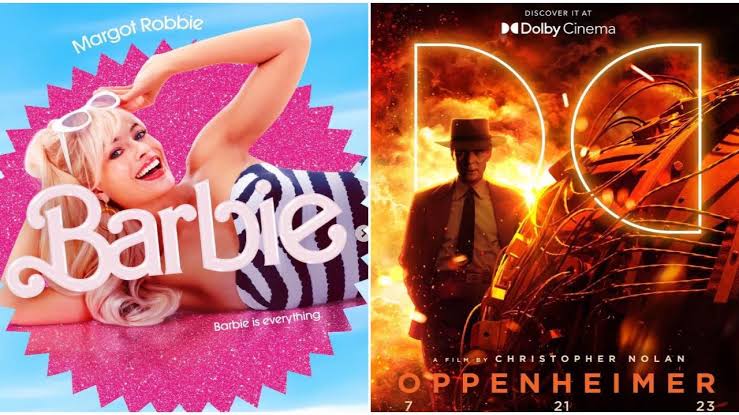By Zion Rufus
The movie industry is no stranger to smashing records, and the year 2023 witnessed an extraordinary achievement as “Barbie” surged past the coveted $1 billion global box office milestone within just 17 days of its release.
Directed by Greta Gerwig, this blockbuster, backed by both Mattel (MAT) and Warner Bros. (WBD), not only achieved a remarkable financial feat but also broke new ground by making Gerwig the first woman to solely direct a $1 billion-dollar movie. Alongside “Barbie,” Universal’s “Oppenheimer” has also left its mark by crossing the $1 billion threshold since its April debut.
These groundbreaking successes underline the evolving dynamics of the film industry.
According to widely respected business analyst Helen Akue, both “Barbie” and “Oppenheimer” not only captured audience attention but also managed to etch themselves into the cultural zeitgeist.
“The realm of marketing is dynamic. For me, their triumphs reflect the power of strategic marketing. And lessons abound for business analysts seeking to elevate their campaigns,” she stated, adding that their “strategic approach, resource allocation, platform selection, post-release engagement, and timing insights” provided businesses with a roadmap to creating impactful, culturally resonant campaigns that stand the test of time.
Cultivating the Culture of Anticipation
The remarkable achievements of “Barbie” and “Oppenheimer” underscore the importance of creating a culture of anticipation. Both films stirred the audience’s curiosity and excitement long before their release dates. Through teaser trailers, exclusive behind-the-scenes content, and captivating posters, they managed to captivate potential viewers and generate buzz.
Smart Budget Allocation
“Barbie’s” marketing journey offers an intriguing perspective on budget allocation. With a staggering $150 million marketing budget that outstripped its $145 million production cost, the film created a massive impact. Collaborations with fashion brands, iconic activations, and a robust online presence formed the cornerstone of its marketing approach. The lesson for business analysts is clear: strategic allocation of resources can significantly amplify a campaign’s reach and impact.
Tailoring Platforms to Audience Demographics
The two films demonstrate the critical importance of targeting the right audience on the right platforms. “Oppenheimer” and “Barbie” meticulously selected platforms that aligned with their audience’s preferences. “Barbie” tapped into Instagram’s visual appeal, while “Oppenheimer” focused on YouTube and OTT platforms to reach video-consuming audiences. This underscores the need for businesses to deeply understand their audience’s habits and tailor their marketing efforts accordingly.
The Art of Sustaining Momentum
Both films exemplify the value of sustaining momentum post-release. While “Oppenheimer” maintained its initial buzz, “Barbie” went the extra mile. Leveraging its well-established online platforms, “Barbie” continued to engage with its audience even after the initial release hype. This highlights the significance of consistent engagement to maintain long-term interest.
Timing and Audience Insights
A successful campaign is often dictated by timing and audience insights. Both films increased marketing efforts in the lead-up to their releases, creating a crescendo of anticipation. This underscores the importance of understanding when your audience is most receptive and strategically aligning your efforts with those timelines.






Comment
No comments found.